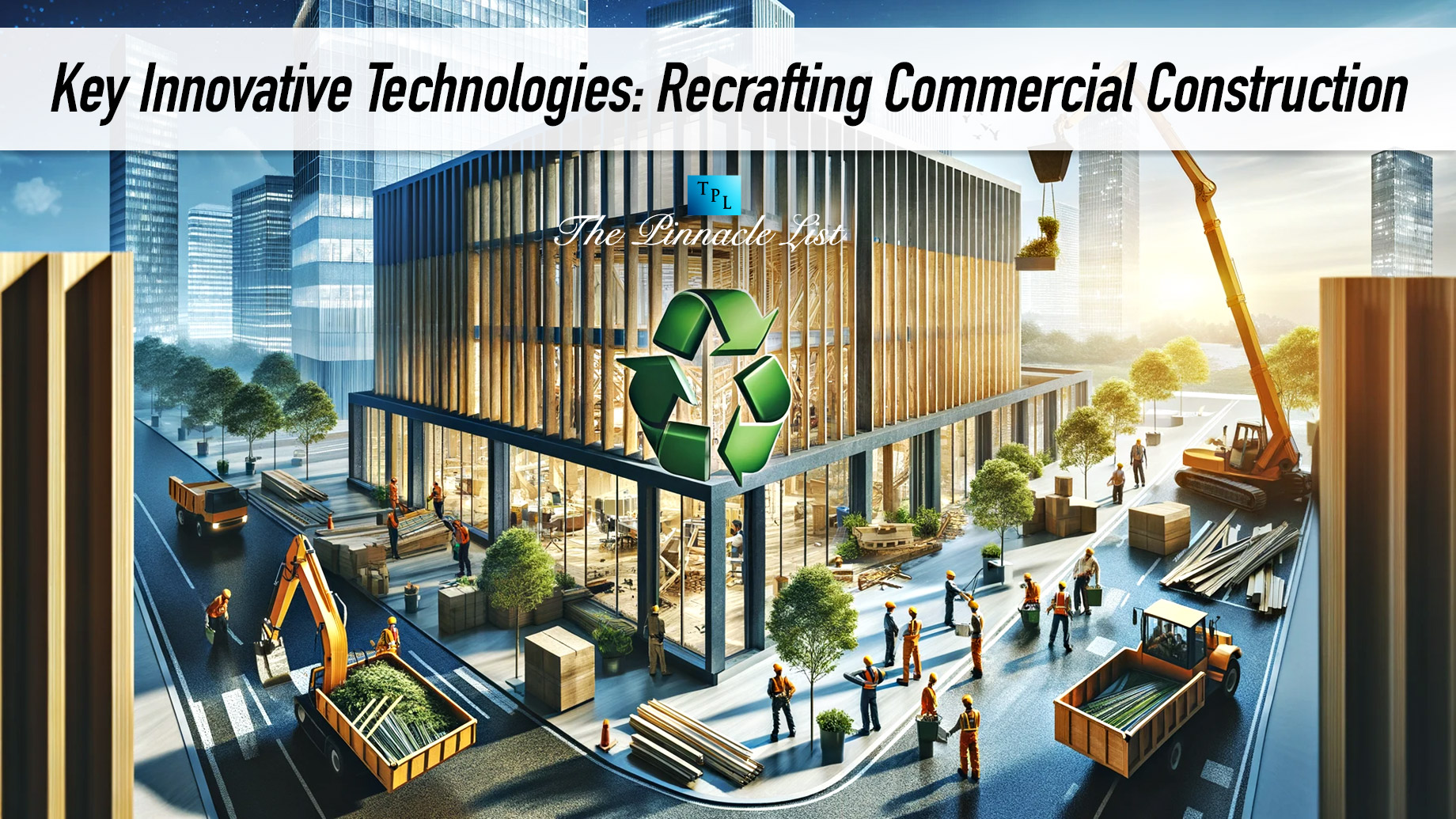
Sustainable, eco-friendly living is the trend in the 21st century. There are few places where this goal is more important than in the expanding industry of commercial construction.
With hundreds of mini-projects under the umbrella of a new building, it’s easy to overlook resource efficiency in favor of budget or time costs. However, when you use recrafting commercial construction and the technologies it brings, this isn’t a problem.
What is this key innovative technology, and how does recrafting work in commercial construction? We’ll explain the details here.
The History of Recrafting
Recrafting began with what today is called the ReCraft 90 house. This home, constructed in 1990 and 1991 by Steve Loken and championed by the Center for Resourceful Building Technology, showed the world that a building could be soundly created from resource-efficient materials.
Loken’s design sourced nearly 85 percent of building materials for a 2,400 sq. ft. home from resource-conserving components. Because of this recrafting efficiency, the home cost slightly more (about 15 percent) than a conventionally built house of the same size and outcome would have cost.
Since then, recrafting has become more standardized, and the expenses of many homes and construction buildings are on par with traditional costs. Although there continue to be pros and cons with recrafting, changes over the past three decades in energy production, energy-efficient products, and infrastructure have streamlined this type of construction into an in-demand model.
Using Recrafting in Sitework
To understand how recrafting integrates with commercial construction, one must have a working knowledge of the site work involved in the process. This article by FMP Construction breaks this information down well, but we’ll summarize it here.
Sitework consists of the preparation done on the property before any construction begins. It’s the essential preliminary aspect that ensures any potential obstacles or challenges are caught before they become a danger or an expense.
Those involved in this process use technological tools to survey the land, clear and excavate the property, install drainage and utilities, level the soil, and create any roadways necessary to permit access to the site. When these aspects are completed thoroughly, the construction after that becomes safer and more efficient.
Still, as vital as this step is in commercial buildings, the client often prefers to sweep it aside to save money. Yet, thorough site work frequently saves resources by catching and fixing obstacles before they can delay the project and add unexpected expenses to the budget.
However, in construction, instant access to materials to solve a new problem is not always possible, especially in today’s post-pandemic world. Using recrafting materials could be the solution to expediting the project without substantial delays and increased expenses and ensuring eco-friendliness continues to be a part of the overall construction.
Where Recrafting Can Help Fix Problems, Too
Commercial buildings need continual maintenance and updates to remain strong and safe. Shifting foundations, environmental damage, and external or internal renovations can create problems that cause the building to become structurally unsound.
With recrafting, construction companies may be able to fix a damaged foundation when there is creeping or sagging concrete or cracking floors or walls. Buildings that have been impacted by water damage or unstable soil may need to be shored up to prevent significant structural damage in the future.
As technology changes, so do the codes that are impacted by these evolutions, and many of these shifts are geared toward sustainable housing and low-carbon municipalities. Rather than making substantial changes to the existing structures, recrafting helps make it possible to adjust post-structure if the process wasn’t part of the initial infrastructure.
One of the most heavily impacted aspects of code changes for sustainable living is utilities. The umbrella of this term encompasses more than many of us realize, such as our building’s water systems, gas lines, septic and wastewater systems, and electrical wiring.
If you’ve been tasked with updating aspects of your utilities because of new zoning and code requirements, consider recrafting. By evaluating where this technology can help make these required changes more efficient, your business may save time and money while ensuring the commercial property remains up to code.
Conclusion
Before you hire a construction company to break ground on a new building or address concerns in your current structure, find out where they stand on using the innovative technology of recrafting. Discuss your goals and how recrafting could help you reach them or delay them.
The recrafting model is becoming more prevalent in the construction industry, thanks to the original pioneering home from the 1990s. We now understand how to combine the process of using recrafted materials with more efficient technology to create a structure that is sustainable and financially feasible.
Recrafting is an essential construction tool for those concerned about their environmental footprint. With the changes in today’s eco-friendly-forward world, it isn’t just beneficial; it’s a necessity and may be more affordable than you think.